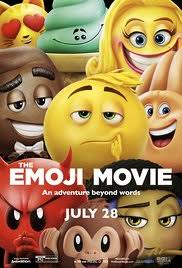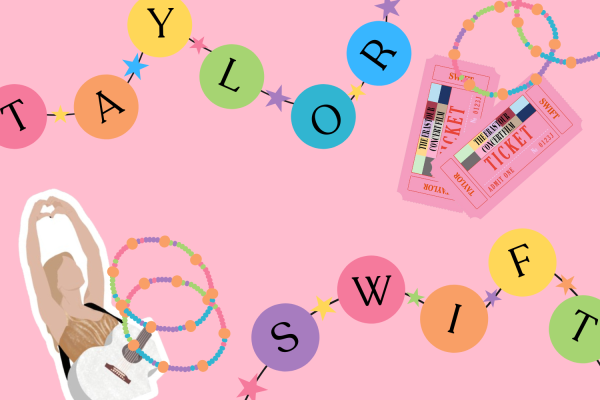Corporate shilling strikes again

Courtesy of Wikipedia.org
?: that is my rating for Sony’s most recent flop, The Emoji Movie. I am sure you are shuddering in your boots at the aforementioned title, as you should. This pile of U+1F4A9 has shocked critics and theater-goers alike, being the most collectively agreed upon movie ever, with the crowds holding hands and chanting in unison: “It’s bad.”
It is not just bad; it is really bad. Do not think anyone would tell you otherwise. Scathing reviews are a dime a dozen, so instead of pointing critical fingers and laughing, let’s explain why this failure has reminded audiences of the spineless, empty hack frauds working at Sony Pictures.
Deep in the far reaches of the multiverse, strung along the infinite timeline that is existence, a parallel world has a funny movie about emojis. It had an interesting story, no company shilling or product placement, and no horribly timed unfunny jokes that only hit with the lowest depravity of humanity. This movie, surprisingly enough, is very similar to the Lego Movie. Think about it; they both follow a yellow, simple expression of a smile, hide from some overarching power and become sentient objects that communicate to humans; however, the main difference lies within their themes.
The Emoji Movie follows a kid who wants to use technology to talk to his crush, while The Lego Movie is about creativity and finding joy in being different. What The Emoji Movie gets wrong is its unending openness of accepting technology as our savior. Other animated films, like Wall-E, warn humans of becoming too dependent on this tech by showing people as unhealthy or unhappy. This movie, on the other hand, says that using a phone to get a girl is much easier than actually communicating with another person. So why did this not hit with audiences?
Maybe it is because people who watch this movie are being reminded of their futility when compared to a robot that will eventually overshadow them, and the idea was not too exciting. Adding in the unfunny, try hard poop jokes and tsunami of advertising that Sony is known for cascaded a Kumbaya of every consumer collectively pointing two thumbs down emojis of course. Legos connects with nostalgia, making kids and adults alike remember the simplicity of the past, and not the terrifying void that is the future. Sensible people enjoy the warm happiness of simplicity and closure, so stay away from The Emoji Movie to maintain peace of mind and soul from the black abyss that is plaguing theaters.













me • Oct 3, 2017 at 10:15 am
the emoji movie is the greatest film of all time. titanic who? godfather who? we only need the EMOJI MOVIE
Riley Schofner • Oct 3, 2017 at 10:15 am
I regret to say I was wrong. In reality this is one of the best, if not the best, movie I’ve ever seen. It’s masterpiece, and anyone who things otherwise is wrong. I want this in home, museum, and gallery in the nation, no, the world. Bless Sony Pictures, the modern gods of cinema, for this gift.
joe whatevr • Nov 28, 2017 at 1:44 pm
preach
Maizie • Sep 1, 2017 at 9:05 am
GREAT REVIEW! This movie looks terrible.
Alex sharf • Sep 1, 2017 at 8:08 am
I know this movie gets a lot of hate ( I don’t know why) but I think this is one of the greatest motion pictures of all time. It was an emotional rollercoaster for me, I cried, I laughed and I loved. It was amazing
Aidan giansante • Sep 1, 2017 at 8:04 am
For real this movie is so boof good input on this horrible movie